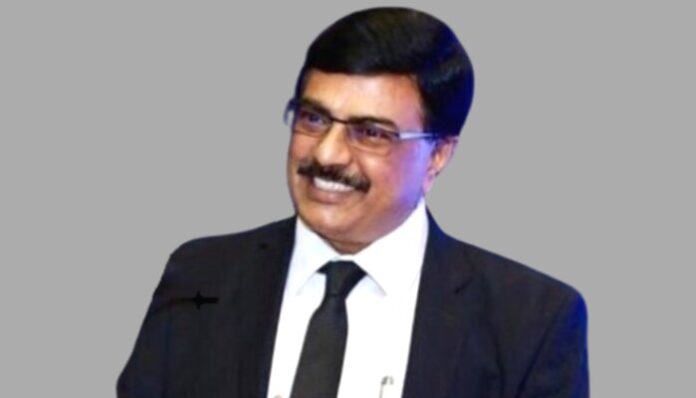
Leadership Vulnerability: Transforming Organizational Culture from the Top Down
Organizational Culture is generally defined as the set of values, beliefs, attitudes, systems, and rules that outline and influence employee behavior. Simply put, it is nothing but a collective behavior of employees being demonstrated consistently at the workplace.
Traditionally it is believed that the CEO and senior management team define the desired organizational culture and cultivate it through their actions including setting objectives, strategies, and key result areas that prioritize culture-building by designing the organization and its processes to advance the company’s purpose and core values.
But of late, many top management teams have started focusing on the quick wins missing the woods for the trees and thus upholding the values of the organization in letter but not in its true spirit.
Lead by Example
Generally, it is expected that the Top Leadership not only articulates the values but lives it from the core of the heart as a way of life. The real crux is whether are they ensuring that their next levels who have day-to-day interaction with the actual bottom line of the organizational pyramid are becoming role models for them so that the real bottom line of the organization adds value to the top line not only in the organizational life but personal life too.
For example, in a Green Field Project, while implementing “Safety First” as a value, we not only insisted on helmets while working at heights within the factory premises but also made it compulsory to wear two-wheeler helmets while coming from home to the factory (not just ingress and egress of the factory) and back home after shift hours in addition formed a voluntary team to observe on weekly holidays whether our employees are wearing helmets at the market place /in the town.
This feedback, though reluctantly received by those not adhering, soon became a “pride” of upholding the “Safety First” value in their personal life too.
Letter and Spirit
Leaders become vulnerable when they do not pay attention to details, especially in sensitive matters like POSH training awareness, committee formation, and periodic meetings besides swift actions taking bold decisions without giving room for undue procedural delays in case of genuine complaints.
I can cite two examples, wherein in a particular case a woman employee who has already resigned and relocated to a different place for her marriage in the next month orally complained about sexual harassment of her colleague but neither made a complaint nor insisted upon taking action.
I took the righteous path as a True HR Professional and influenced the offender (after getting convinced through informal feedback and cross-verifications) to voluntarily resign from the services and thus created the right precedent more than a decade ago. Today the organization has emerged as a role model for women empowerment across functions and levels.
In another context, some other Company which claimed that all POSH training was in place but the Notice Board enlisting the Names of the POSH committee was still indicating an employee who had resigned and been relieved 18 months ago. This indicated the disingenuous nature of the top management.
Cultural Fit to Transforming the Culture
Quite often organizations prefer candidates who can fit well with their culture. While other things are equal, nothing wrong with this approach as long as the organization focuses on mere existence and or incremental growth and not transformational growth.
We also need to come out of our bias that only the top management team is capable of defining the desired culture and future direction of the company. We have to train and groom the high-potential internal talents in a structured manner so that they think beyond the obvious and come up with ideas to take the path less travelled or pave the way.
While hiring for lateral leadership roles, organizations must master the art of fine balancing between cultural fit and role fit. Infarct role-fit with ability to shape the culture must have precedence over mere skill sets that match with the historical job descriptions.
Re-define the Future
Visionary leaders build organizations not from where they are today and where they want to go tomorrow, but by envisioning the future from the future travel back from tomorrow to today, and shape their wings.
Organizations must develop their ability to identify such rare individuals across levels and empower them to work along with the top management team on a project/assignment basis while evolving the long-term strategy of the business and the way forward for shaping the culture for enhancing its future readiness.
Thus, Transformational Organizational Culture is nothing but the collective behavior of the employees upholding the values co-created by them from the bottom of the organizational pyramid as well as from the bottom of their hearts and duly demonstrated from the top.
This reversal in approach is bound to result in unprecedented transformational changes in the mindset of employees across levels and unparalleled growth to employees, customers, stakeholders, societies, and the country at large.








